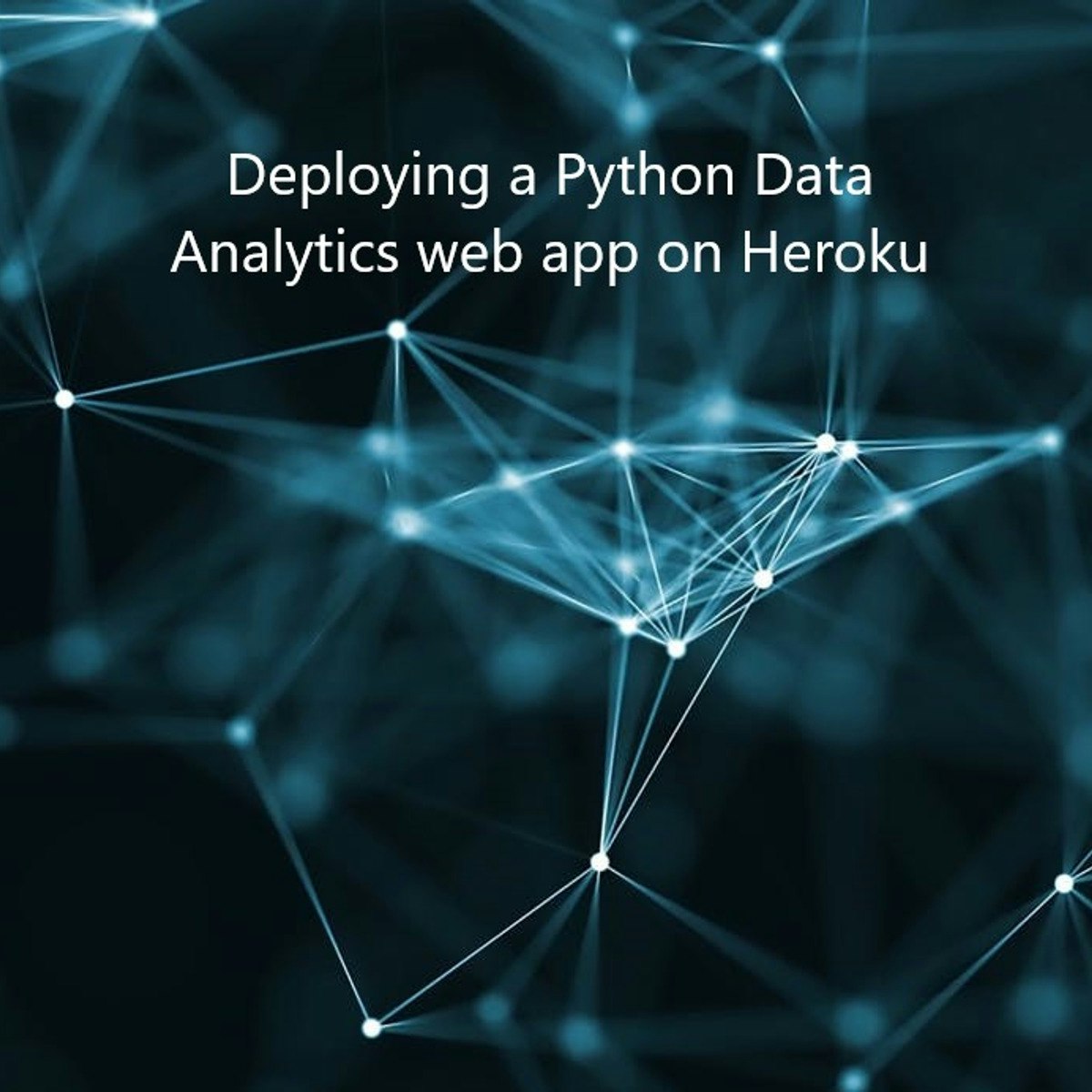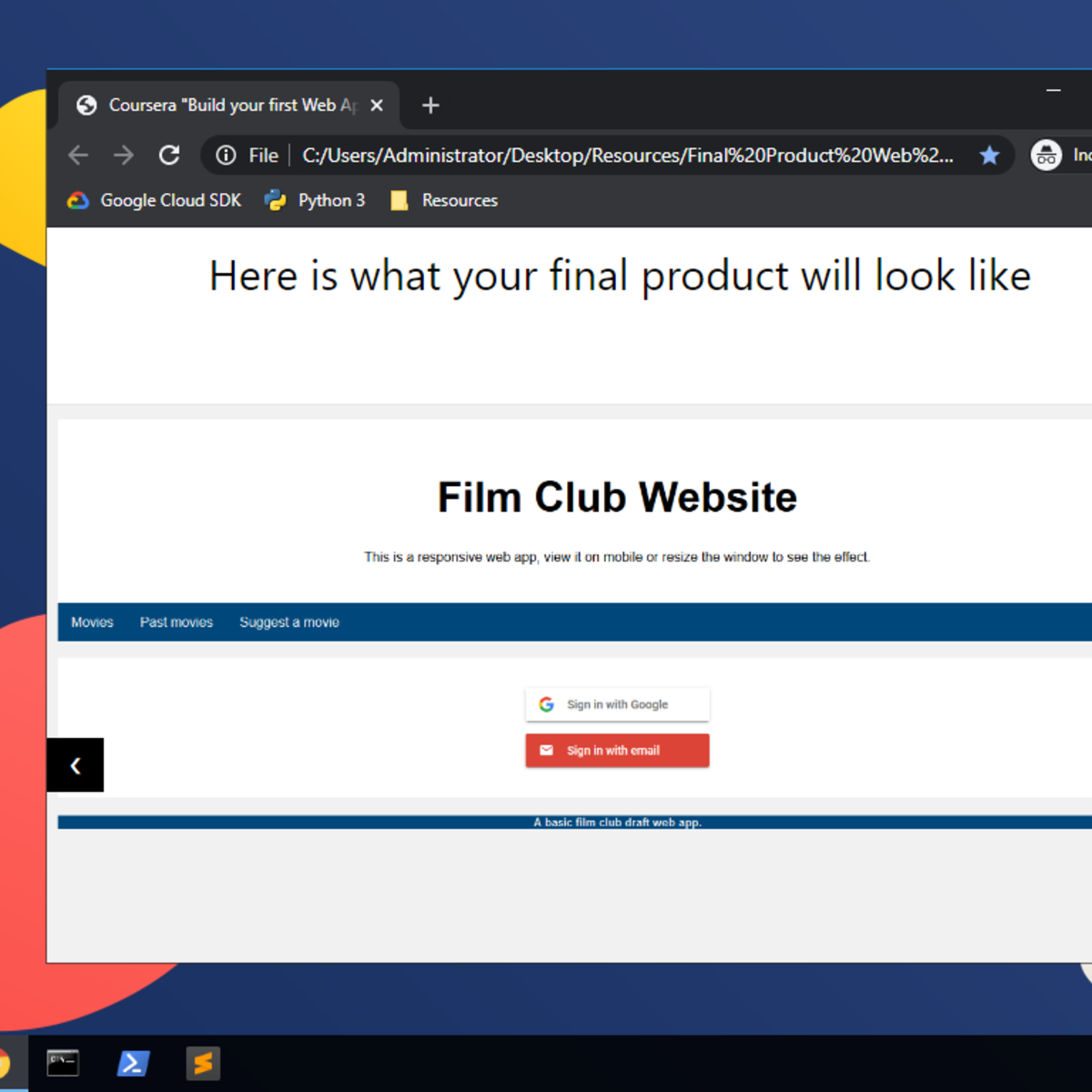Back to Courses








Computer Science Courses - Page 231
Showing results 2301-2309 of 2309

Code Loops in COBOL
In this project, you will enhance your COBOL skills by learning to incorporate loops into your COBOL code. A loop enables a program to repeat a set of steps over and over until the process is complete. Since one of COBOL’s strengths is its ability to process large volumes of data, using loops is an essential skill for any COBOL programmer. Although COBOL is an old language, skilled COBOL programmers are in demand, since it is estimated that up to 70% of large corporations still use COBOL for processing data in their mission-critical systems.

Optimizing Machine Learning Performance
This course synthesizes everything your have learned in the applied machine learning specialization. You will now walk through a complete machine learning project to prepare a machine learning maintenance roadmap. You will understand and analyze how to deal with changing data. You will also be able to identify and interpret potential unintended effects in your project. You will understand and define procedures to operationalize and maintain your applied machine learning model. By the end of this course you will have all the tools and understanding you need to confidently roll out a machine learning project and prepare to optimize it in your business context.
To be successful, you should have at least beginner-level background in Python programming (e.g., be able to read and code trace existing code, be comfortable with conditionals, loops, variables, lists, dictionaries and arrays). You should have a basic understanding of linear algebra (vector notation) and statistics (probability distributions and mean/median/mode).
This is the final course of the Applied Machine Learning Specialization brought to you by Coursera and the Alberta Machine Intelligence Institute (Amii).

Deploying a Python Data Analytics web app on Heroku
Welcome to the “Deploying a Python data analytics web app on Heroku” guided project.
This project is for anyone interested in breaking or transitioning into the data science field and hopes to build a portfolio that stands out with unique projects. In this project we’re going to be building and deploying a python data analytics web application leveraging the General Social Survey data, which collects information and records of behaviours, experiences and opinions of residents of the Us and is funded by the National Science Foundation, particularly finding the correlation between education, income and happiness for US residents in 2016.
At the end of this project, learners will be able to deploy a python data analytics website using Python, Streamlit, Git and Heroku that they can show to potential hiring managers and recruiters as part of their portfolio.

Security and Privacy in TOR Network
In this MOOC, we will learn about TOR basic concept and see how they protect the security and privacy of users and resist censorship. We will examine how TOR realize the anonymity and utilize its service by downloading and using Tor browser software. A recent attack on TOR’s application flow control called sniper attacks is analyzed. We introduce the hidden service provided by TOR and show how it can be denonymized. We will learn how to setup a hidden server to provide web service on AWS instance. We will also learn the best practices and operational security in providing the hidden services. We will learn how to manage the hidden server using Tor circuit and configure the web server not to reveal the software version information. We also show how it can be defended. To improve TOR’s performance, we discuss the cloud based TOR and their implementation.
By the end of this course, you should be able to utilize TOR browser to protect your privacy, set up hidden service on current interface that protect your servers and make it anonymous, you will choosing entry guards wisely since your adversary will try to attack them with DDoS traffic and force you to choose their relay as your entry and exit router. We will also learn the basic components of both censorship and censorship resistance systems, and the scheme deployed by these systems and their attacks.

Back-End Developer Capstone
The Capstone project enables you to demonstrate multiple skills by solving an authentic real-world problem. You’ll test your abilities in full-stack back-end development in a real-life scenario by composing a Django web app.
You will use clean and bug free coding to create a Django web server with multiple API endpoints, and connect it to a MySQL database. You’ll also create a template system driven by Django views.
On completion of the Capstone project, you’ll have a project-based portfolio that you can show to potential employers when interviewing for an engineer role.

Introduction to Cybersecurity Tools & Cyber Attacks
This course gives you the background needed to understand basic Cybersecurity. You will learn the history of Cybersecurity, types and motives of cyber attacks to further your knowledge of current threats to organizations and individuals. Key terminology, basic system concepts and tools will be examined as an introduction to the Cybersecurity field.
You will learn about critical thinking and its importance to anyone looking to pursue a career in Cybersecurity.
Finally, you will begin to learn about organizations and resources to further research cybersecurity issues in the Modern era.
This course is intended for anyone who wants to gain a basic understanding of Cybersecurity or as the first course in a series of courses to acquire the skills to work in the Cybersecurity field as a Jr Cybersecurity Analyst.
The completion of this course also makes you eligible to earn the Introduction to Cybersecurity Tools & Cyber Attacks IBM digital badge. More information about the badge can be found https://www.youracclaim.com/org/ibm/badge/introduction-to-cybersecurity-tools-cyber-attacks

Looker Functions and Operators
This is a Google Cloud Self-Paced Lab. In this lab, you will learn how to use Looker to pivot dimensions, reorder columns, remove fields, and use table calculations.

Build a film club web app on Google AppEngine
In this 3-hour long project-based course, you will learn how to develop a basic web app on Google AppEngine and deploy it online on Google's infrastructure by creating and setting up your environment, managing user authentication with Firebase, creating and managing database entities with Firestore in Datastore mode.
Note: This course works best for learners who are based in the North America region. We’re currently working on providing the same experience in other regions.

Make Your Pick-Ups Look Cool in Unity (Intro to Animation 1)
In this two-hour, project-based course, we introduce Unity's powerful animation tool. You'll learn about different animations and effects that you can apply to pick-up objects to make them more noticeable and give your game a more polished look. This project covers recording and playing simple animations, basic customization of particle effects, and playing the particle effects when certain events occur in your game.
The guided project will introduce you to the following Unity concepts:
- Animations
- Particle Effects
- Triggers
- Coding techniques such as OnTrigger events and invoking methods
This is a stand-alone guided project, but is also Part 1 in a two-part series introducing Unity's animation features. Part 2 will cover using the Animation Window to create trigger transitions between multiple animations on a single GameObject.
This guided project and series also serve as an optional but recommended foundation for the "FPS Weapon" series.
This project makes use of the camera movement script written in Create Keyboard Movement Mechanics with C# in Unity and the concepts introduced in Create Power-Ups and Obstacles with C# in Unity. These compliment this guided project and, although not prerequisites, are recommended for a more well-rounded understanding of the concepts presented herein.
